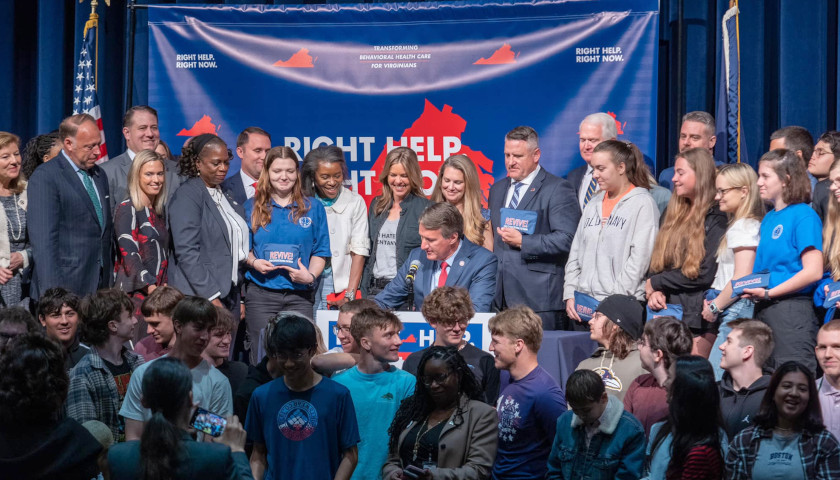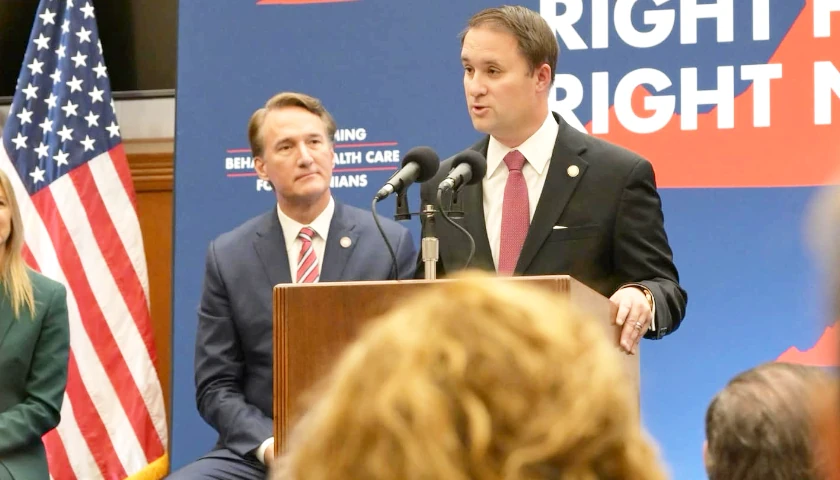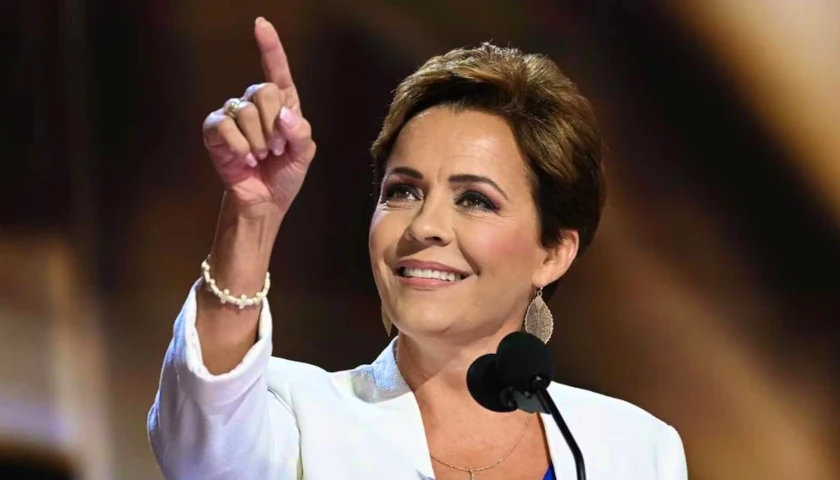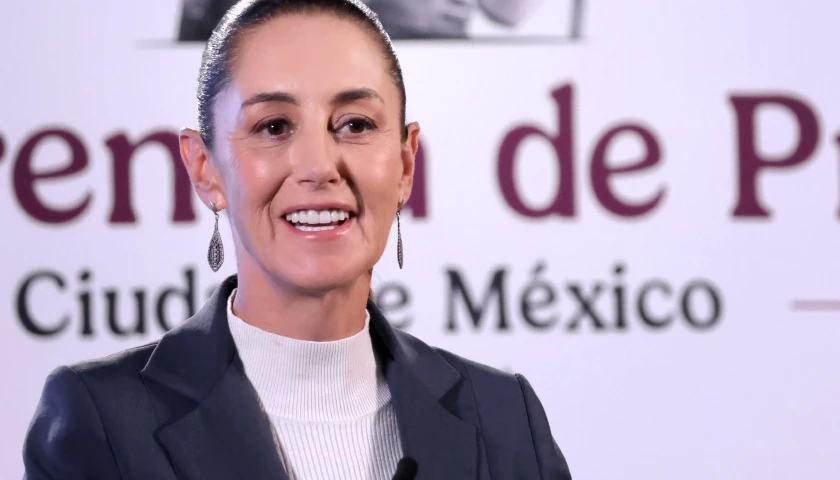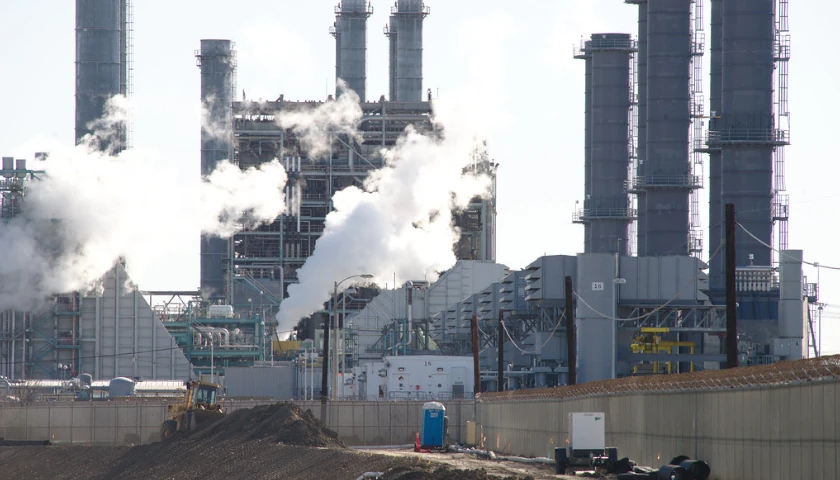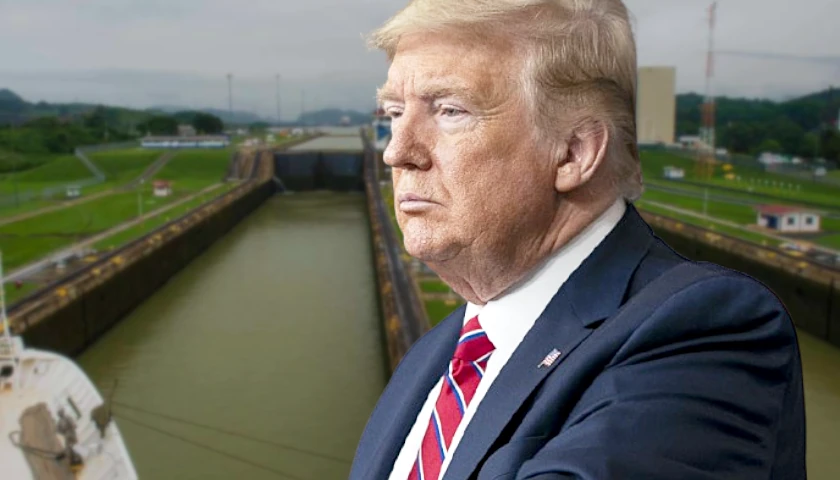by Sarah Roderick-Fitch
Gov. Glenn Youngkin has issued an executive order to combat the fentanyl crisis in Virginia.
The executive action is a “first-of-its-kind comprehensive fentanyl strategy” titled Right Help, Right Now.
Executive Order 26 is in addition to eight bills passed by the General Assembly and signed by Youngkin, which included a bill to classify the deadly drug as a weapon of terrorism – ensuring harsher penalties for trafficking and distribution of the drug.
Youngkin signed the order during a National Fentanyl Awareness Day event at Stafford High School in Stafford. To mark the occasion, the governor was joined by Lt. Gov. Winsome Earl-Sears, Attorney General Jason Miyares, Virginia First Lady Suzanne Youngkin and several other commonwealth leaders.
The event doubled as training for students to learn how to administer naloxone nasal spray used to counteract fentanyl safely. Students who attended were allowed to take a box of nasal spray. The training event, RIVIVE, was one of 60 being held across the commonwealth.
The governor emphasized the importance of the event – pointing to the leaders in attendance and why they were there.
“In case you didn’t notice, you have the entirety of state government here today. Everybody’s here. Why? Because this is huge, important, and we wanted to come together at Stafford High School, and work with your partners in order to elevate everyone’s understanding about how serious this fentanyl crisis is,” said the governor.
The number of fentanyl deaths in the commonwealth has increased 20-fold in the last decade. There were 1,951 Virginians who died in 2022 due to fentanyl poisoning. The drug is the leading cause of unnatural deaths in the commonwealth.
Youngkin relayed the staggering amount of fentanyl seized by law enforcement.
“Virginia State Police have seized 42 pounds of this stuff 42 pounds, enough to kill every single Virginia. Every single one. And that’s just what we’ve seized,” the governor lamented.
Youngkin pointed the finger at Mexican drug cartels and China, as well as a weak border for drug flow into the country. He called on the White House to secure the border to stop the drug from flooding the country.
“Folks, we need to secure the border and stop the flow of fentanyl. We know where it’s coming from. It comes up through Mexico, the source of it is China. We know it; we’ve got to secure our border and stop the flow of this drug. The cartels have taken over,” said the governor.
“We’ve got work to do in cooperation with governors in the federal government in order to make that happen. We need leadership from the Biden administration. We need them to close the border. We need them to stop the flow of this drug.”
Youngkin segued into the signing of his executive order and how his administration plans to combat the deadly epidemic through additional measures to provide health and law enforcement professionals with the necessary resources to target the crisis at a community level.
“We’re going to enhance public safety measures and penalties for manufacturers and distributors and distributors. We’re going to invest in prevention and recovery. We’re going to educate our communities so that people understand not only the depth and nature of this drug,” Youngkin told the young crowd. “We’re going to expand access to treatment. We’re going to comprehensively organize government to get to work. This is a critically important step for us to bring them all of the government approach to partner with localities and Virginians to address this crisis.”
Executive Order 26 outlines plans to combat the crisis through prevention and treatment, public safety and drug interdiction, and government and data collection organization.
The prevention and treatment directives include a coordinated measure with the Virginia Department of Health to issue a Request for Proposals to “secure a steady, affordable supply across Virginia” of Naloxone.
The order directs the Department of Health to develop and fund wastewater surveillance to “detect the frequency, potency, and occurrences of fentanyl use” in certain locations. The surveillance aims to target areas for increased naloxone distribution better, as well as public service campaigns.
As part of the public safety and drug interdiction directive, the governor directs the secretary of Public Safety and Homeland, coordinating with the state police, to develop a plan for law enforcement agencies in areas with high overdose deaths to combat trafficking and sales using interdiction technologies and investigative equipment.
Additionally, the order directs the establishment of a workgroup to improve pathways for incarcerated people inflicted with substance abuse issues to abstain from drugs upon their release.
Finally, the order directs the Department of Health, Department of Health Professions, Department of Social Services, Department of Medical Assistance Services, Department of Behavioral Health and Developmental Services, Department of Corrections, Department of Criminal Justice Services and Department of Juvenile Justice to provide data to and work with the Virginia State Police fusion center.
The data collected on fatal and nonfatal overdose deaths will be used to target areas for interdiction, education and reduction efforts to combat the drug crisis.
– – –
Sarah Roderick-Fitch is The Center Square’s Mid-Atlantic Regional Editor. She has previously worked as an editor, and has been a contributing writer for several publications. In addition to writing and editing, Sarah spent nearly a decade working for non-profit, public policy organizations in the Washington, DC area.
Photo “Glenn Youngkin” by Glenn Youngkin.

